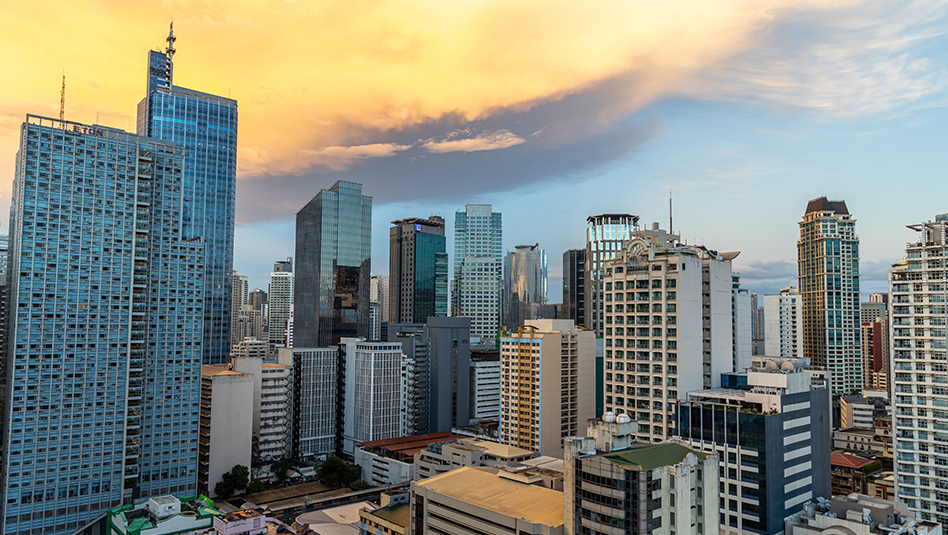Read this content. Log in or sign up.
If you are an investor with us, log in first to your Metrobank Wealth Manager account.
If you are not yet a client, we can help you by clicking the SIGN UP button.

Fundamental View
AS OF 16 Jun 2025State Bank of India (SBI) is the largest state-owned bank in India and is in some respects the country’s flagship bank. Given the bank’s ~57% government ownership and systemic importance, government support for SBI is very strong.
The bank’s capital buffers are relatively low, but we take comfort in the strong government support.
Business Description
AS OF 16 Jun 2025- State Bank of India is the largest commercial bank in India. Its predecessor banks date back to the 19th century. In the early 20th century, they merged to form the Imperial Bank of India, which became the State Bank of India after India gained independence in 1947.
- The Government of India remains the largest shareholder with a 56.92% stake. Per the SBI Act, the government's shareholding cannot fall below 55%.
- SBI's merged with its 5 associate banks and Bharatiya Mahila Bank in 2018. The merger catapulted SBI into one of the world's 50 largest banks.
- The bank has 85% of its loans in the domestic market, and has steadily increased its international business too over the past few years with offices across all international business centres. The domestic book is split 42% retail, 34% corporates, ~14% SMEs and ~10% to the agri segment as of end-March 2025.
- It has diversified its operations with well regarded subsidiaries in the areas of fund management, credit cards, insurance, and capital markets.
Risk & Catalysts
AS OF 16 Jun 2025SBI does not have a strong buffer vs. the regulatory minimum of 8%, but its size, systemic importance and majority government shareholding confer particularly strong government support. But consequentially, any deterioration in the sovereign ratings will also affect the bank’s credit.
Rate cuts will feed through to the NIM in FY26, but improved system liquidity will provide some support for the NIM and loan growth.
Asset quality is trending well despite a stretched urban middle and lower-middle class consumer class, as SBI’s personal unsecured loans book is ~95% to salaried employees of top tier corporates and the government.
Management announced plans for an INR 250 bn equity fundraise in FY26, which would provide an around 0.6 ppt boost to capital ratios at the consolidated level on a pro-forma basis.
Key Metric
AS OF 16 Jun 2025| INR mn | FY21 | FY22 | FY23 | FY24 | FY25 |
|---|---|---|---|---|---|
| NIM | 3.04% | 3.12% | 3.37% | 3.28% | 3.09% |
| ROAA | 0.48% | 0.67% | 0.96% | 1.04% | 1.10% |
| ROAE | 8.4% | 11.9% | 16.5% | 17.3% | 17.3% |
| Equity to Assets | 5.6% | 5.6% | 5.9% | 6.1% | 6.6% |
| CET1 Ratio | 10.3% | 10.3% | 10.6% | 10.6% | 11.1% |
| Gross NPA Ratio | 4.98% | 3.97% | 2.78% | 2.24% | 1.82% |
| Provisions/Loans | 1.77% | 0.91% | 0.54% | 0.14% | 0.38% |
| PPP ROA | 1.65% | 1.58% | 1.59% | 1.60% | 1.72% |
CreditSight View Comment
AS OF 06 May 2025SBI is India’s largest bank and a well-run franchise. Government support underpins SBI’s relative positioning, while fundamentally, it has good operating metrics and business plans, a sufficient (though could be higher) CET1 ratio, and the best management among the public sector banks. SBI’s less tight LDR position than its private sector peers has allowed it to have continued higher loan growth than deposit growth in in F9M25. India’s macro backdrop remains relatively robust and SBI’s lower risk personal unsecured loans clientele is supporting asset quality well. Rate cuts will feed through to the NIM in FY26. Improved system liquidity however will provide some support for the NIM and loan growth. We like the name, but move it back to M/P as it now trades a few bp inside HDFCB.
Recommendation Reviewed: May 06, 2025
Recommendation Changed: April 25, 2025
Who We Recommend
Korea Gas Corp.

Macquarie Bank

Siam Commercial Bank










 DOWNLOAD
DOWNLOAD



